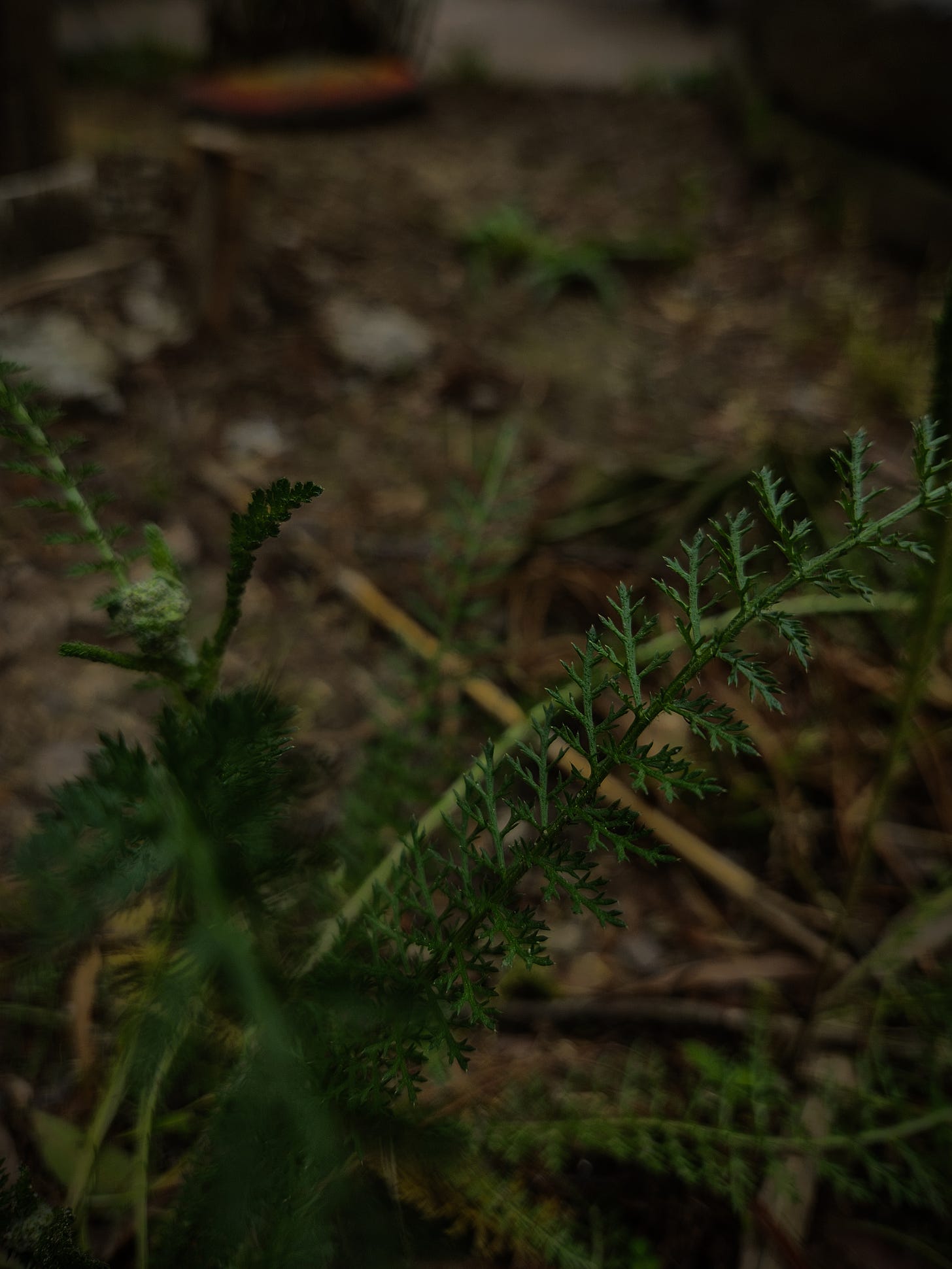Yarrow: From the Battlefield to Your Backyard Apothecary
At roadsides and in meadows, a humble plant with feathery leaves and clusters of tiny white flowers hides a rich history. Yarrow, or Achillea millefolium, has woven itself into our stories and our medicine chests for centuries.¹
A Warrior's Herb
Legend tells us that Achilles, the mighty Greek warrior, used yarrow to heal the wounds of his soldiers during the Trojan War.¹ This powerful association gives the plant its genus name, Achillea.² But the story goes even deeper. It is said that Achilles' mother, the sea nymph Thetis, sought to make her son invulnerable. She dipped him into the River Styx, the waters of which bestowed immortality. However, she held him by the heel, a spot which remained untouched by the magical waters, giving rise to the phrase "Achilles' heel".³
Achilles grew into a formidable warrior but retained his compassion and knowledge of healing arts. According to myth, the centaur Chiron, renowned for his wisdom and medicinal expertise, taught Achilles about the powerful properties of plants like yarrow. ⁴ With this knowledge, Achilles treated battlefield wounds using the herb's remarkable ability to stop bleeding and promote healing. ¹
Yarrow's reputation as a potent wound healer, capable of staunching blood and aiding quick recovery, is reflected in its many folk names: "Soldier's Woundwort," "Staunchweed," and even "Devil's Nettle." The name "Devil's Nettle" may allude to the stinging sensation that bleeding wounds can cause and to yarrow's almost insidious spread across a landscape, mirroring the relentless tenacity of warriors in battle. ¹
Symbol of Love, Protection, and More
Yet, yarrow holds a duality. Beyond the battlefield, it weaves a gentler magic in European folklore. ⁵ This duality is beautifully demonstrated in its Victorian symbolism of both war and healing. ⁵ Yarrow's association with love and the power of dreams held particular significance for young women. It was customary to place yarrow leaves beneath a pillow, accompanied by a simple incantation, hoping to see one's future husband in dreams.⁵
The plant's protective powers were equally cherished. Yarrow was fashioned into amulets and charms, thought to offer a shield against negativity, illness, and misfortune. ² It was carried on journeys to ward off danger and hung in homes to bring blessings and harmony. ² Some traditions even suggest that when gathered from a specific number of churchyards, yarrow could offer the power to see fairies and other hidden spirits of nature. ⁶
This connection to the feminine, the power of dreams, and the unseen world hints at a deeper, more intuitive use of yarrow that transcends its purely physical healing properties. ⁵
Yarrow's Power Today
But Yarrow's story doesn't end in the misty past. This tenacious little plant has much to offer us in the modern world, energetically and medicinally. Modern herbalists and energy workers echo the ancient wisdom, recognizing yarrow's potency for healing on multiple levels. ⁷
Keep reading with a 7-day free trial
Subscribe to Rune Root to keep reading this post and get 7 days of free access to the full post archives.





